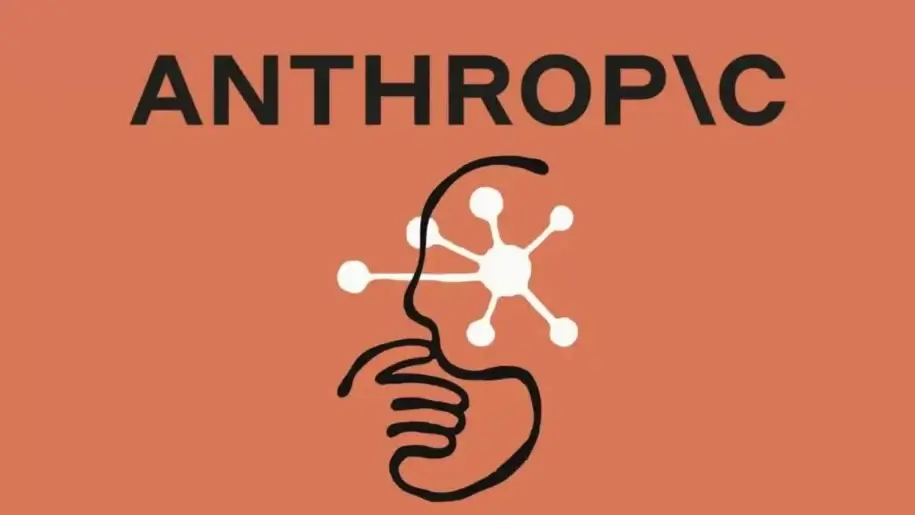The relentless march of technological progress continues, and by 2025, several cutting-edge technologies are poised to reshape our world in profound ways. These innovations span various sectors, promising to revolutionize industries, enhance our daily lives, and address some of the most pressing global challenges. Here's a glimpse into ten of these transformative technologies:
1. Generative AI: Generative AI is rapidly dominating as a key technology, reshaping industries through its ability to create sophisticated and human-like content. These AI models can generate text, images, audio, and even complex simulations. This technology is driving new applications in content creation, design automation, and interactive experiences. Businesses are embedding generative AI into workflows to innovate faster and offer personalized services at scale.
2. Quantum Computing: Quantum computing represents a paradigm shift in computational power. By leveraging the principles of quantum mechanics, these computers can process data at mind-boggling speeds, solving complex problems that are intractable for classical computers. While still in early stages, quantum computing promises to revolutionize fields like cryptography, drug discovery, and materials science.
3. 5G Expansion: The expansion of 5G networks is a crucial enabler for many other emerging technologies. With significantly faster data speeds, wider coverage, and more stable connections, 5G facilitates transformative technologies like IoT, augmented reality, and autonomous vehicles. This technology is essential for real-time communications and processing large amounts of data with minimal delay, supporting a new wave of technological innovation.
4. Augmented Reality (AR): Augmented Reality is set to further integrate into consumer and enterprise applications. With advancements in AR glasses and mobile devices, AR offers more immersive, interactive experiences. This technology transforms industries like retail, real estate, and education by enhancing how users visualize products, learn, and interact with their environments.
5. Internet of Things (IoT): The Internet of Things continues its exponential growth, connecting billions of devices and creating a vast network of data exchange. From smart homes to smart cities, IoT devices are optimizing traffic, energy consumption, and safety, making urban living more efficient. Industries like manufacturing, healthcare, and agriculture are also leveraging IoT to improve processes, monitor assets, and enhance decision-making.
6. Advanced Robotics: Advanced robotics is moving beyond traditional industrial automation to encompass more versatile and intelligent machines. Polyfunctional robots are capable of performing a wide range of tasks, while collaborative robots (cobots) work alongside humans to enhance productivity and safety. These advancements are driven by improvements in AI, sensors, and actuators, enabling robots to adapt to dynamic environments and perform complex operations.
7. Sustainable Technology: With growing concerns about climate change and environmental degradation, sustainable technology is gaining prominence. This includes innovations in renewable energy, energy-efficient computing, and green materials. Companies are under increasing pressure to reduce their carbon footprint and adopt sustainable practices, driving demand for these technologies.
8. Cybersecurity: As the digital landscape expands, cybersecurity becomes ever more critical. Advanced cybersecurity solutions are essential to protect digital systems, networks, and data from unauthorized access, attacks, and damage. AI is playing an increasing role in cybersecurity, enabling faster threat detection and response.
9. Digital Twins: Digital twins are virtual representations of physical assets, processes, or systems. By creating a digital replica, organizations can simulate and optimize performance, predict failures, and improve decision-making. Digital twins are being used in a wide range of industries, including manufacturing, healthcare, and infrastructure.
10. Telemedicine: Telemedicine is revolutionizing healthcare by providing remote access to medical services. This includes virtual consultations, remote monitoring, and digital therapeutics. Telemedicine is particularly valuable for patients in rural areas or those with limited mobility, improving access to care and reducing healthcare costs.
These ten cutting-edge technologies represent just a fraction of the innovation that is expected to unfold by 2025. As these technologies continue to evolve and converge, they promise to create a more connected, efficient, and sustainable world. Businesses and individuals who embrace these changes will be best positioned to thrive in the future.
















